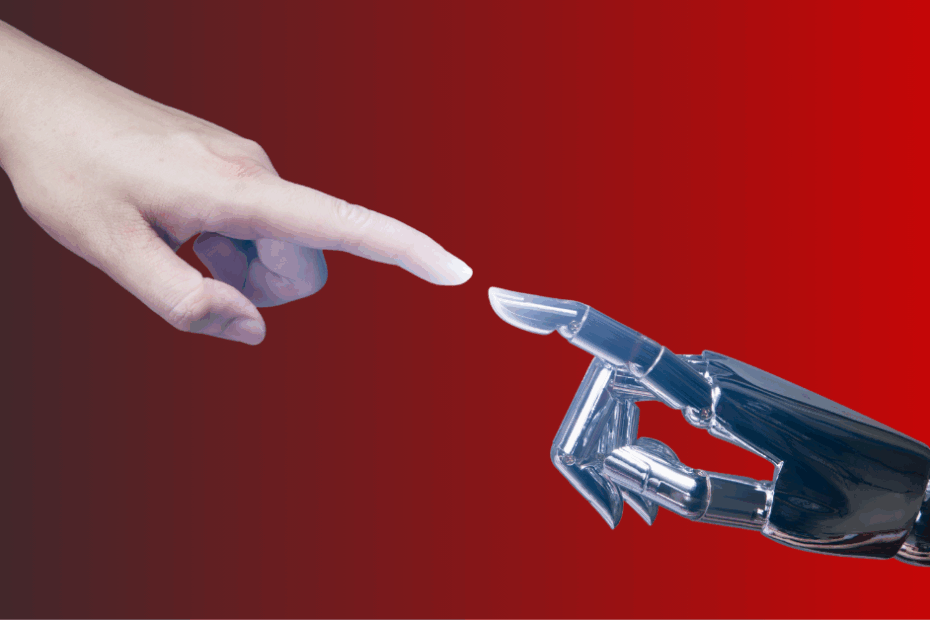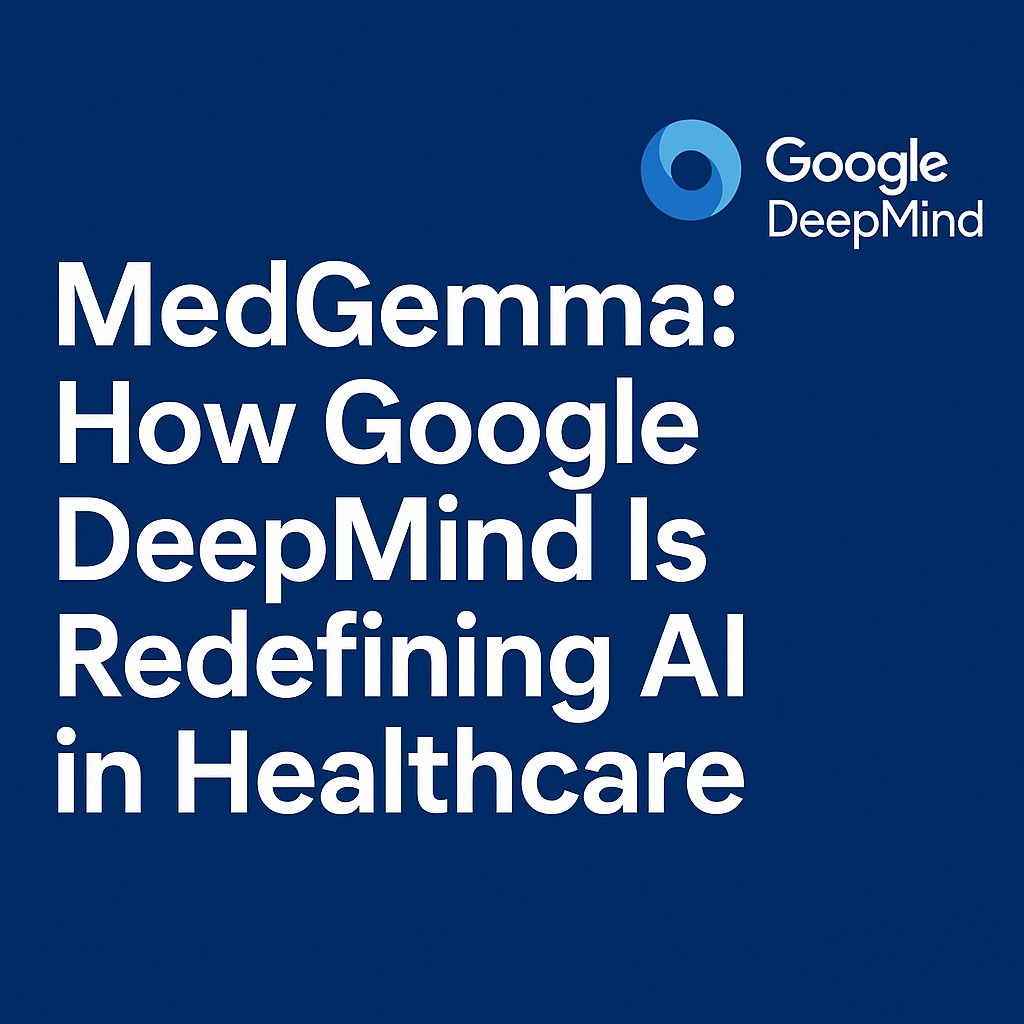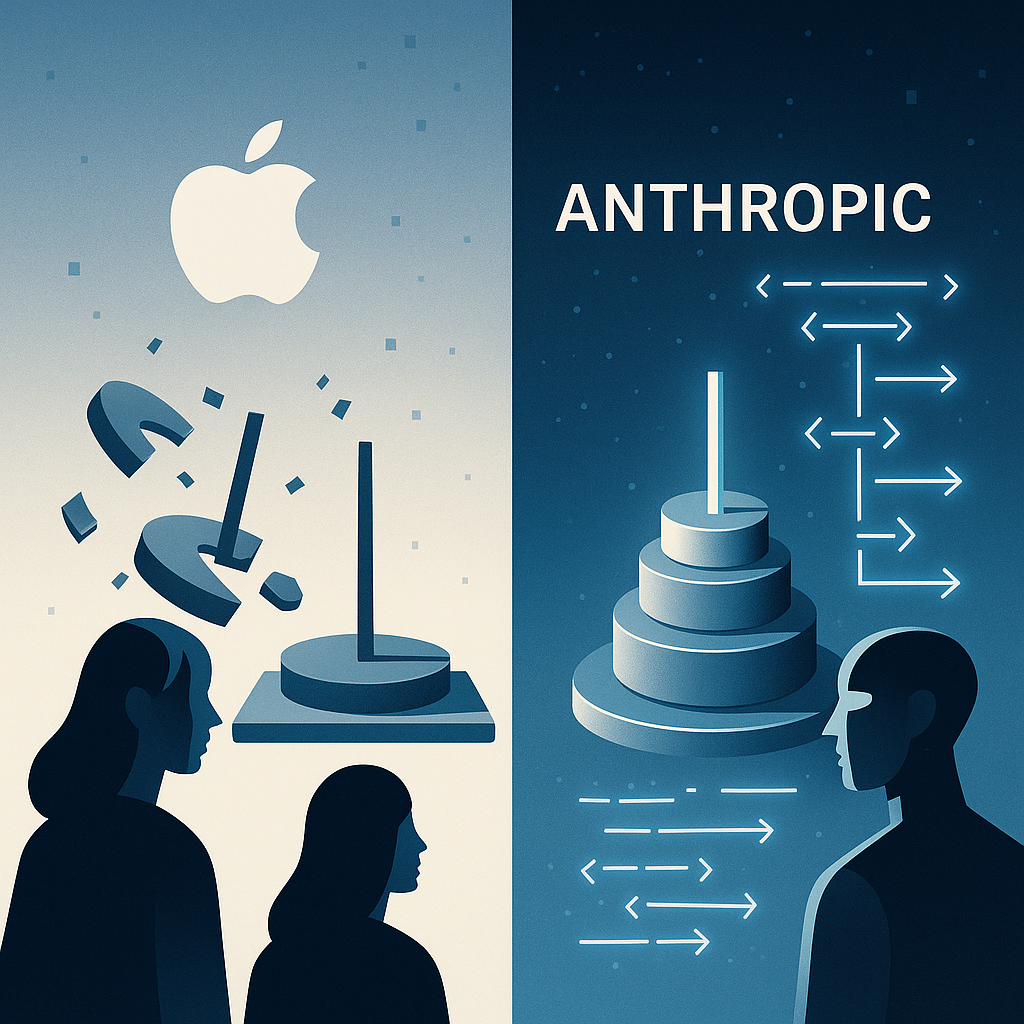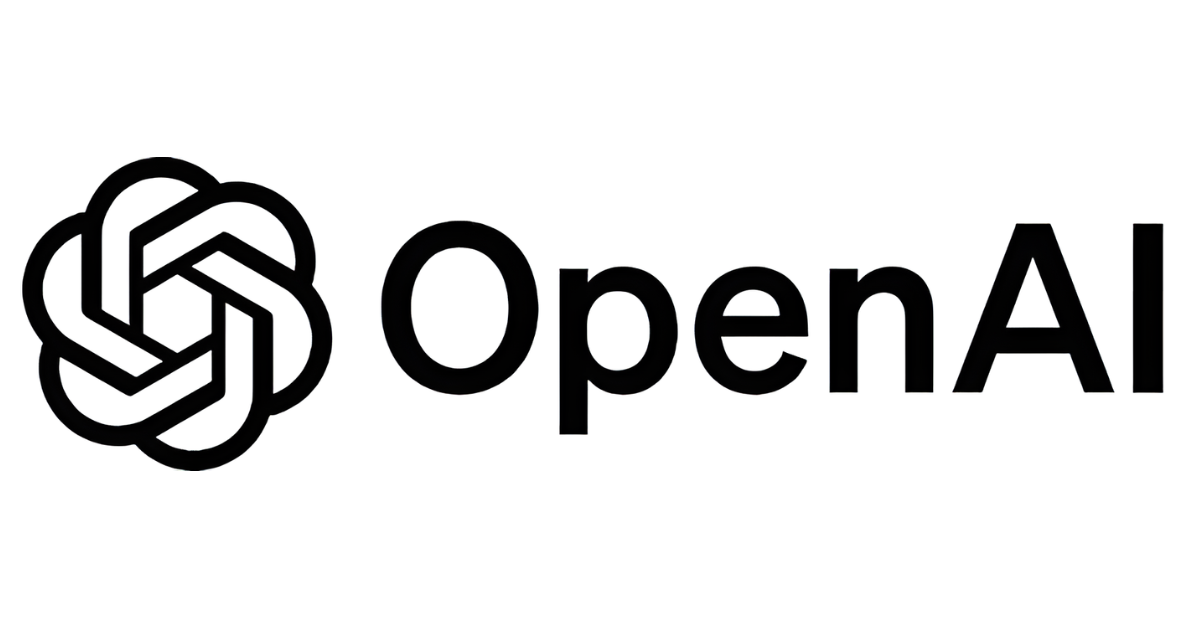Former Google CEO Eric Schmidt’s startling prediction about artificial intelligence replacing most workers within years has ignited urgent conversations across industries. His warning challenges conventional timelines while mounting evidence suggests the transformation is already underway, forcing companies and employees to confront an accelerating reality.
The Numbers Paint a Stark Reality
The workforce disruption Schmidt forecasted is materializing faster than anticipated. Tech companies have already cut over 77,000 positions in 2025 due to AI automation, demonstrating that these changes aren’t distant possibilities but present-day consequences.
Research from the World Economic Forum projects 85 million job losses by 2025 because of artificial intelligence. Additionally, 40% of employers anticipate reducing their workforce in areas where AI can handle tasks effectively. Most concerning, 48% of US employers are planning specific workforce reductions driven by AI capabilities.
Programming faces the most immediate danger from this technological shift. Schmidt’s bold claim that most programmers could lose their positions within a year aligns with industry surveys showing 30% of developers expect AI to replace their roles.
Also Read: ChatGPT is changing the way we write, talk and text
Oak Ridge National Laboratory research supports this, predicting “radical change” in software development by 2040, while 10-20% of code at leading AI research facilities is already AI-generated.
Productivity Gains Signal Fundamental Changes
Beyond job displacement, AI is delivering the productivity revolution Schmidt predicted with his 30% annual increase forecast. Industries embracing AI technology are experiencing productivity growth four times higher, leaping from 7% during 2018-2022 to 27% between 2018-2024.
Workers incorporating AI tools demonstrate impressive performance improvements averaging 14% across all skill levels. Highly skilled professionals see even greater benefits, with nearly 40% performance boosts when AI operates within its strengths. This productivity surge creates measurable economic advantages, as AI-integrated industries show three times higher revenue growth per employee compared to traditional sectors.
The wage premium for AI-enhanced roles reaches 56%, establishing a clear division between workers who adapt and those who resist change. Marketing departments exemplify this transformation, with positions like AI Marketing Strategist becoming standard while traditional roles evolve to require AI proficiency as basic qualifications.
Also Read: Google faces antitrust complaint over AI Overviews feature
The Acceleration Timeline
Schmidt’s aggressive predictions receive backing from multiple research organizations. McKinsey estimates half of current work activities will face automation between 2030-2060, with the midpoint around 2045. However, the actual pace appears to exceed these projections significantly.
Countries experiencing declining birth rates face what experts label a “national emergency” requiring AI adoption for productivity maintenance. This urgency transcends individual companies, affecting national competitiveness as US firms expand Indian operations for cost-effective skilled labor while simultaneously investing in AI automation.
The skills-based impact reveals complex patterns beyond Schmidt’s initial assessment. AI provides greater assistance to lower-skilled workers than highly skilled ones, placing entry-level positions at highest risk. This dynamic raises social mobility concerns, with 49% of Gen Z believing AI has diminished their education’s job market value.
Also Read: Chatbots are losing customer trust despite booming market growth
Despite displacement fears, optimistic projections suggest AI could generate 170 million new positions while eliminating 92 million, creating a net gain of 78 million jobs. PwC research indicates AI makes workers “more valuable, not less” when implemented correctly, though this requires immediate action from employers and workers to identify internal innovators and invest in continuous learning programs.





